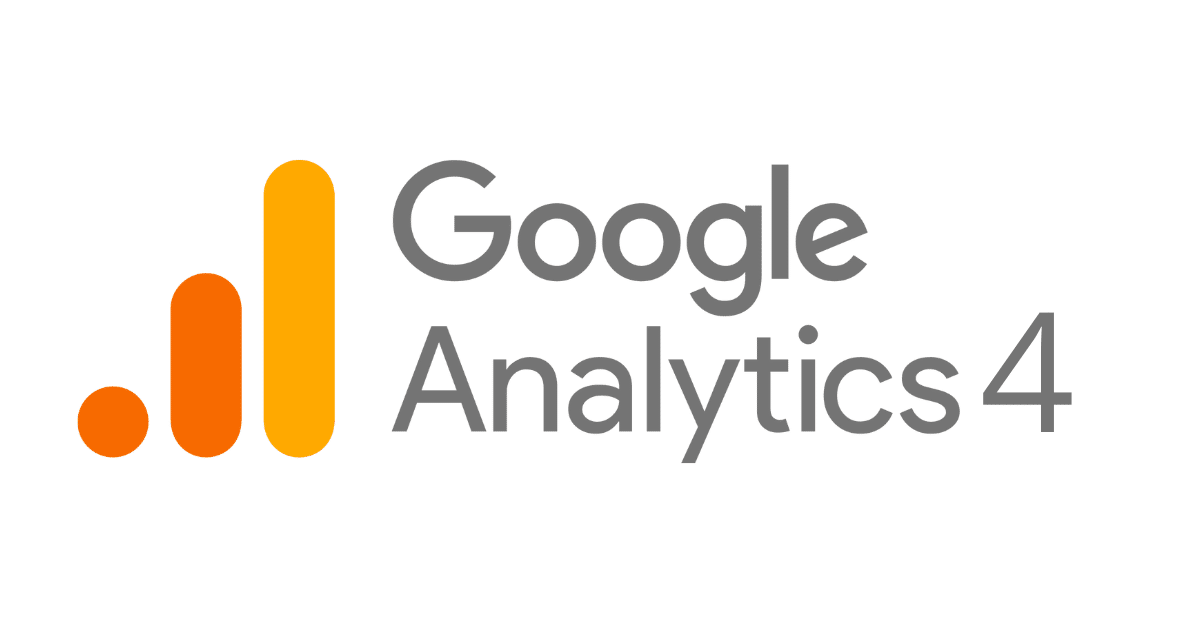With Sarah Glover, Flying Geese Consultant

At the end of June 2023, Google’s Universal Analytics (UA) will be retired and Google Analytics 4 (GA4) will be the main way we can understand how people use our websites.
If you haven’t already migrated your website, then your time is running out to move your custom universal analytics settings to the new Analytics platform. Universal Analytics will stop processing data on the last day of June 2023 and from 1 July everyone will be using GA4.
Do you need to take any action?
For most organisations, actually moving over to GA4 will be the least complicated part of the process. If your website is fairly new, as in created after October 2020, then the chances are it’s been connected to Google Analytics 4 from the beginning. If your website is older and you’ve not done anything about migrating from UA, then chances are that Google has automatically created a GA4 property for you and all you need to do is check that it is receiving data. If it isn’t then Google’s own documentation is pretty comprehensive to help you with the practicalities of the migration process although you may need to consult your web developer to update your website’s code.
But, once you’ve migrated and your website data is being sent to Analytics with your new GA4 property, what data is it sending and how do you find that out? How do you use the new Analytics (which looks very different) to understand what your audiences are doing on your website and, crucially, is the data you’re sharing with Google being shared with the appropriate consent to keep you GDPR compliant? Here’s where things can begin to get a bit overwhelming and it can be tricky to see the wood for the trees.
Why is there a shift to GA4?
Google created GA4 in response to several law suites and subsequent fines it received in the EU about the way it handled people’s data. Universal Analytics with its default settings was in breach of GDPR in multiple ways and GA4 was created with privacy decisions at the heart of the way it operates. It is great that Google doesn’t collect and process IP addresses by default, good news for those of us under GDPR (IP addresses are defined as personally identifiable information under GDPR terms which translates to greater constraints on how and when sharing can happen). It’s also good that Google uses European-located data centres to store European data. But, Google may still process that data in the US and this data transfer is technically in breach of GDPR law without explicit consent being obtained from your website users.
There are also several enhanced features of GA4 that only work when sharing data with other Google products such as Google Signals and Google Ads and these also require explicit consent from your website users.
How does it affect me and what can I do?
In short, moving to GA4 has implications for your website privacy policy which is likely to need updating as well as a cookie banner which may need updating as well, so being really clear about what information you actually need to obtain from Google Analytics to evaluate your website performance and the performance of your marketing efforts is key. At Flying Geese we can help you understand which features of GA4 you need to get the data you require so that you can make informed decisions about how to set up GA4 to give you those insights and update your privacy and cookie policies accordingly. Use our handy checklist to help you through the process.
We suggest using a Cookie client which helps you to do this on your website, and many will help you generate a privacy policy based on your website’s cookie settings.
In summary, while Google Analytics 4 is not in itself in breach of GDPR, the onus is on each organisation to make sure they comply with GDPR in the way that they use GA4 and also that your website privacy policy is up-to-date and explicit enough to cover the consent required to make the most of GA4’s features, should you need them.
Contact us to see how we can help you make sense of what you need to do to be able to collect data that gives you actionable insights to power your marketing and audience development strategy, your website user journeys and your project evaluations.
